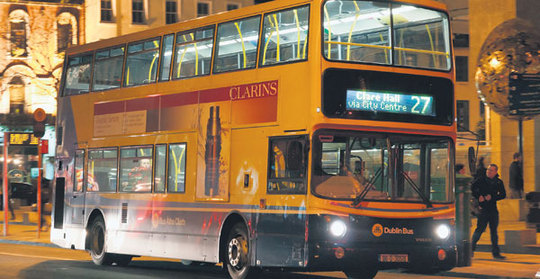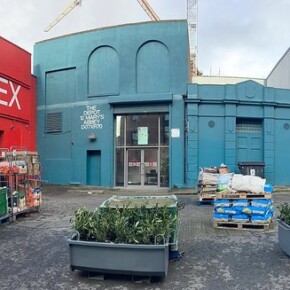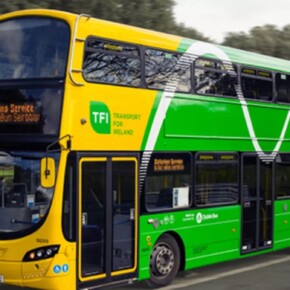Fury over fares hike
Dublin People 01 Nov 2014
INCREASES in public transport fares announced last week have been met with anger from local politicians.
The new fares sanctioned by the National Transport Authority (NTA) saw monthly and annual ticket fares rise last weekend with cash fares due to increase from December 1.
The new fares will be implemented on services from Dublin Bus, Bus Ã?ireann, Luas and Irish Rail but those using Leap Cards will see a small reduction in price.
Dublin Bus fares are up by around seven per cent on average and Luas fares rose by just over six per cent.
The biggest increase will be for locals in the greater Dublin area who will see their Iarnród �ireann short-hop zone fares increasing by as much as 28.4 per cent.
The National Transport Authority suggested the increases could have been even more but for the maintenance of subsidy funding for public transport in last month’s budget.
“This has enabled the Authority to moderate the fare increases so that the operators can maintain as far as possible the current level of services and can also respond to sectors where demand is growing and capacity needs to be increased,
? a spokesperson said.
Despite the increases the NTA says it wants to encourage public transport usage by
?simplifying and streamlining
? fares and promoting more use of the Leap Card integrated ticket, which offers savings for commutors.
On Dublin Bus the new pricing structure will see the current eight cash fare and Leap Card fares reduced to four card and five cash options.
Gerry Murphy, CEO of the NTA said there were over 750,000 Leap Cards now in circulation and almost
?¬2 million a week used in travel credit.
“The Leap Card has clearly been welcomed by the travelling public – both for the convenience and for the value it offers,
? he added.
“In fact, even with the fare increases a Leap Card fare in 2015 will nearly always be the same as or lower than a cash fare was in 2012.
?
The NTA plans to introduce a second-journey-discount on Dublin Bus Leap Card fares, which will be further rolled out to cover all public transport operators in 2015.
The NTA say the fare increases were necessacery following challenging times for public transport providers in recent years.
“There have been reductions in revenues, cumulative cuts to the PSO subsidy payments and increases in fuel costs,
? Murphy explained.
However, the new fares have been slammed by Southside politicions including Fine Gael Senator Catherine Noone who warned they could impact on some of the most vulnerable in Dublin.
“This latest fare increase will see the cash fares on the most popular routes rise to
?¬5.10 and
?¬5.40 for a return journey,
? she said.
“This is going to impact on people significantly – particularly those on lower incomes who don’t receive any kind of transport pass.
“A hike in cash fares will also have a negative effect on young people who cannot afford to top up a Leap card in advance. A young person on JobBridge, for example, will now see more than half of their
?¬50 supplement hoovered up by Dublin Bus fares.
“This endangers the incentive to work, as an individual can only hope to gain at best
?¬25 per week – despite working a 40 hour week. I believe this is an area for concern.
?
Independent Senator Katherine Zappone called for action to ensure the fare increases didn’t jeopardise the Christmas shopping trade.
“It’s the worst possible timing for traders hoping to use Dublin’s public transport network to attract families back to their shops after years of recession,
? she said.
Senator Zappone wants the introduction of
‘kids go free’ weekends in December on all public transport and Leap Card machines installed at all Park and Rides. Dun Laoghaire Rathdown councilor, Neale Richmond, described the fare increases as
“a huge blow to many hard pressed commuters.
?
“Under the new rules, a commuter will now pay
?¬3.30 to travel on the 16 bus from Ballinteer into the City Centre, an increase of 25 cent,
? he said.
“Passenger numbers have fallen by 20 per cent in five years at Dublin Bus, yet somehow the solution is to increase fares for those that have stayed loyal to this form of commuting.
“This problem is a symptom of a monopoly on bus services in the capital. If the market was opened up to private operators, we would see truly competitive fares.
?











